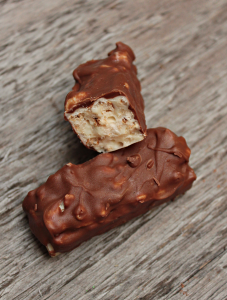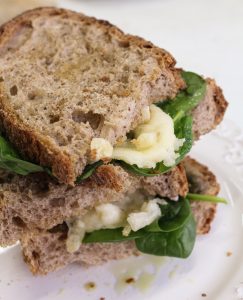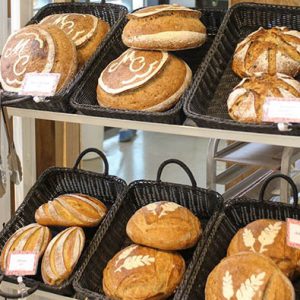6 rules to follow up for a real tea time
In 1840, during the reign of Queen Victoria of Great Britain, the diner was usually served around 8:30 p.m. to 9 p.m. The story goes that Anne, the seventh Duchess of Bedford established the tradition of The Afternoon Tea to fill her 4pm hunger pangs. Originally, it was to accompany afternoon tea with a light snack that, over time, became more and more elaborate: scones, small sandwiches and sweet bites.
Mamie reveals her secrets to you to impress your guests!
1 – The invitations
Have fun creating colorful invitations for your guests! Verbal, paper, electronic, whatever the form as long as it is festive and full of colors with British inspirations of course!
2 – The choice of teas and beverages

Darjeeling, jasmine, peppermint, green tea, and black tea, cold pressed juice. Milk for a nice drop in the tea or for children.
Making tea :
1. Select a loose leaf tea such as English Breakfast or Earl Grey.
2. Boil fresh water in the kettle.
3. Pour some hot boiling water into your teapot and swirl to heat it, then throw it away.
4. Add 1 teaspoon of tea leaves to the teapot for each cup of water.
5. As soon as the water is at the recommended temperature (85-90 °C or 185-194°F), pour it over the leaves in the teapot. Do not let the water boil for too long which makes it lose its oxygen and therefore its freshness.
6. Let the tea steep for 2 to 5 minutes (the taste will be more or less strong). It is easy to dilute the tea to taste using the pitcher of hot water on the table.
3 – The meal
Several possibilities are available to you, however, think that you will have to satisfy everyone’s desires! You can do everything at home or go to your favorite local shops. You choose.
Good to know: throughout the year, Mamie offers various flagship afternoon tea products.
There are some ideas:
Finger sandwiches
Scones
Victoria Sponge cake
Muffin
Cookies
Artisan bread
Meringues
Orange marmalade – jam
Seasonal fruits

4 – The animations

You can allow your children to guess the tastes found in the preparations made for the meal or else launch the competition for the most beautiful hat, consisting of colored paper, tassels, felts, glitter, feathers ! All fantasies are allowed!
5 – The table arrangement
The tea tray should hold a sugar bowl with sugar cubes, a container with milk, a tea strainer, a bowl for the used tea leaves, a pitcher of hot water (to dilute the tea if required), a saucer with a fork containing also lemon wedges.
The tea table must contain all the dishes to drink tea (cups, saucers, spoons), for snacking (dessert forks, small plates, napkins) and all the elements to accompany the meal (jar of jam, clotted cream or heavy whipped cream).
The tea tray should be placed at one end of the table. On one side, arrange the tea cups, saucers and teaspoons. On the other side, place the stacked plates, forks and napkins. Plates of food should be placed in the middle of the table.

6 – The etiquette
In order to make the tea time etiquette become a real child’s play, do not hesitate to make a bet on those who might forget to respect these few rules!
MAMIE’S TIP
Do’s
- Try some of each food served at tea time;
- Spread on the scone first the cream, then the jam;
- Put your napkin on the chair if you have to leave temporarily the table during the event.
Don’ts
- Do not place your napkin on the table until you are ready to leave the table;
- Do not put on the table things that are not related to tea time (phone, glasses, keys);
- Do not leave your spoon in the cup, place it on the saucer.
















